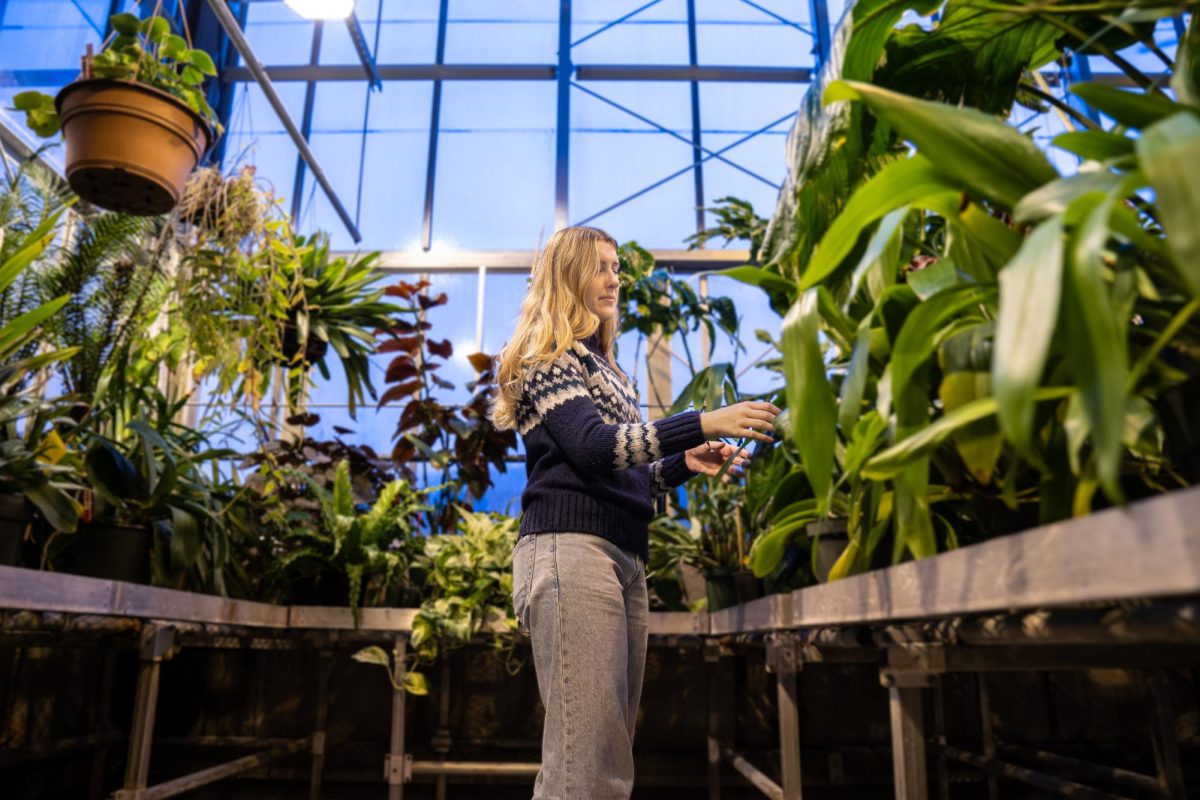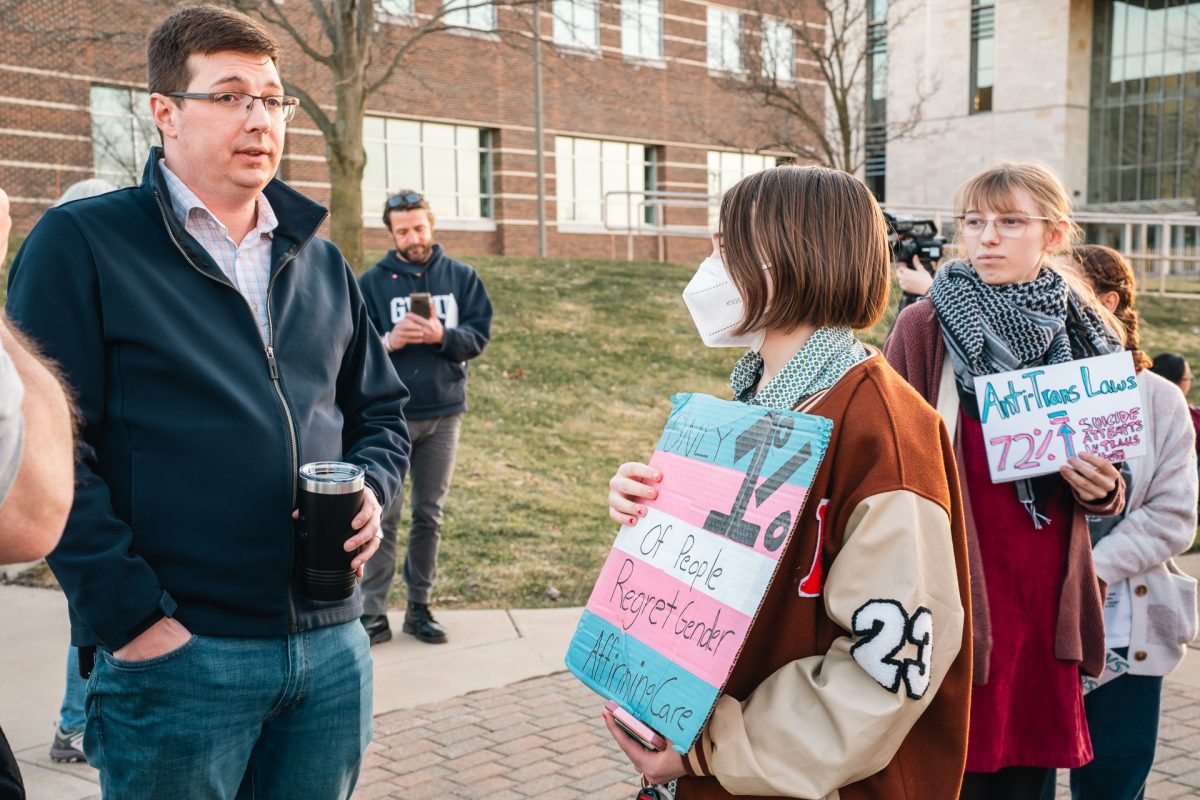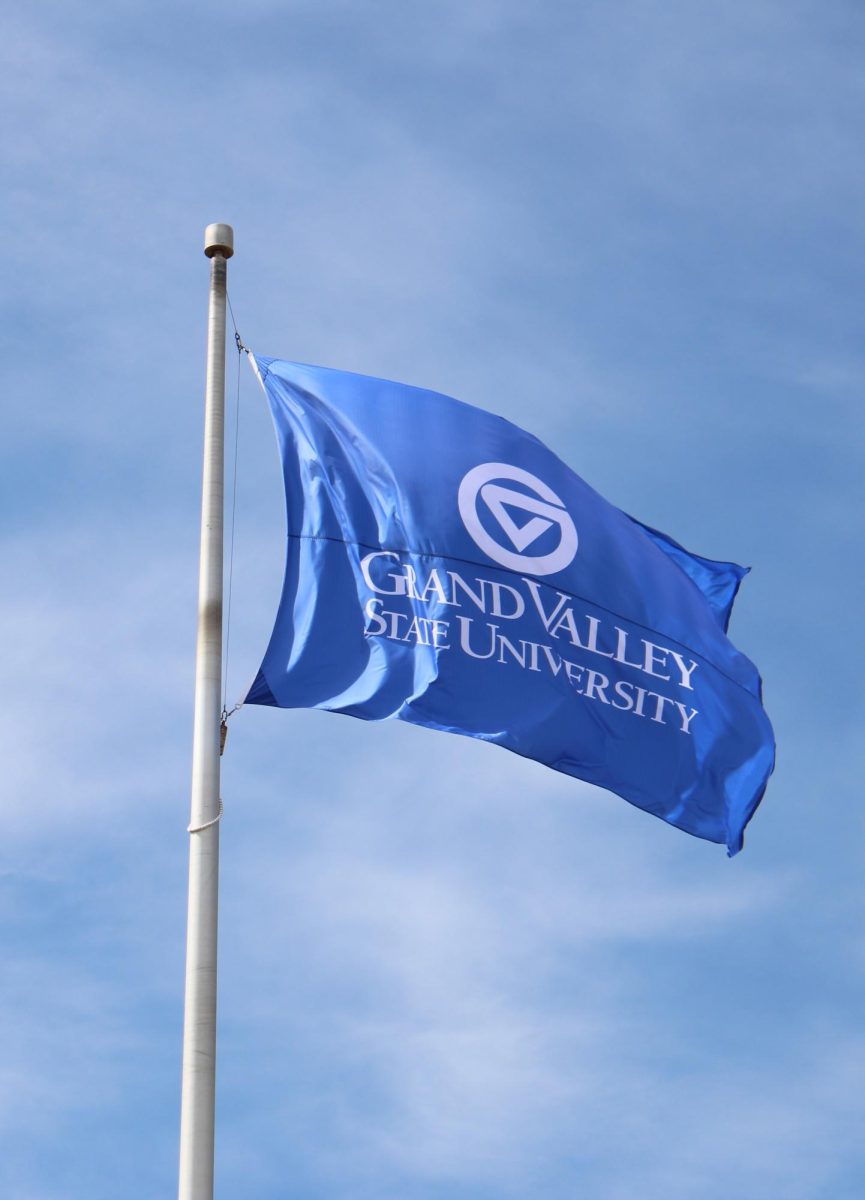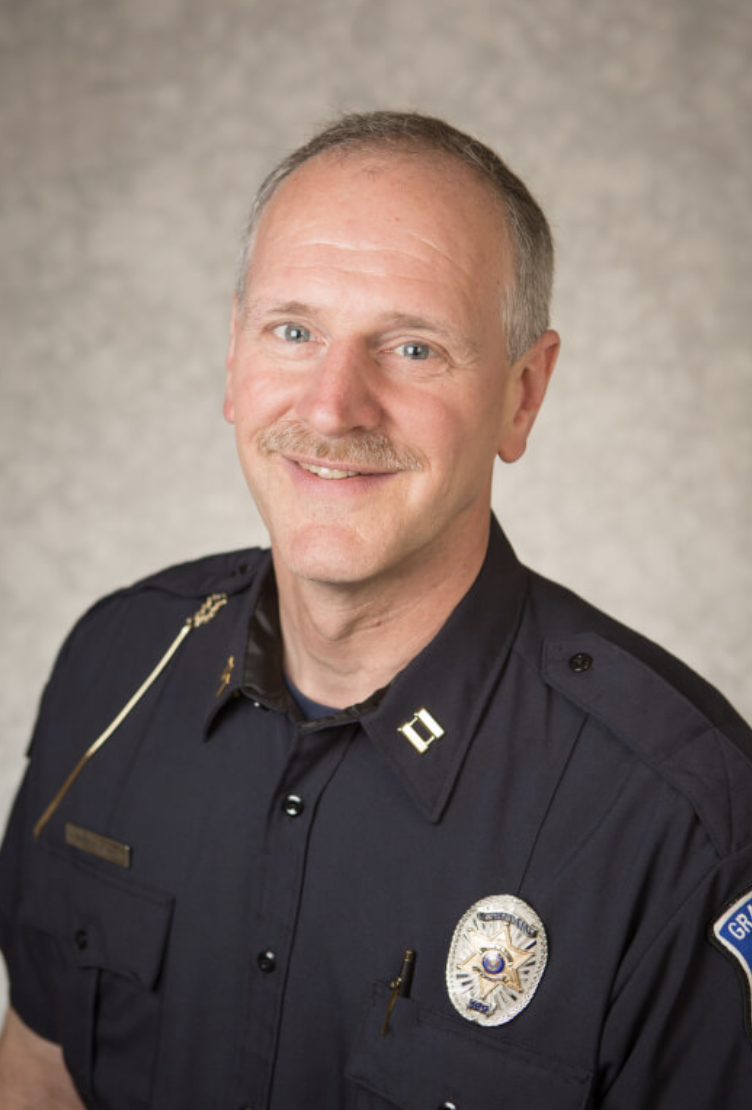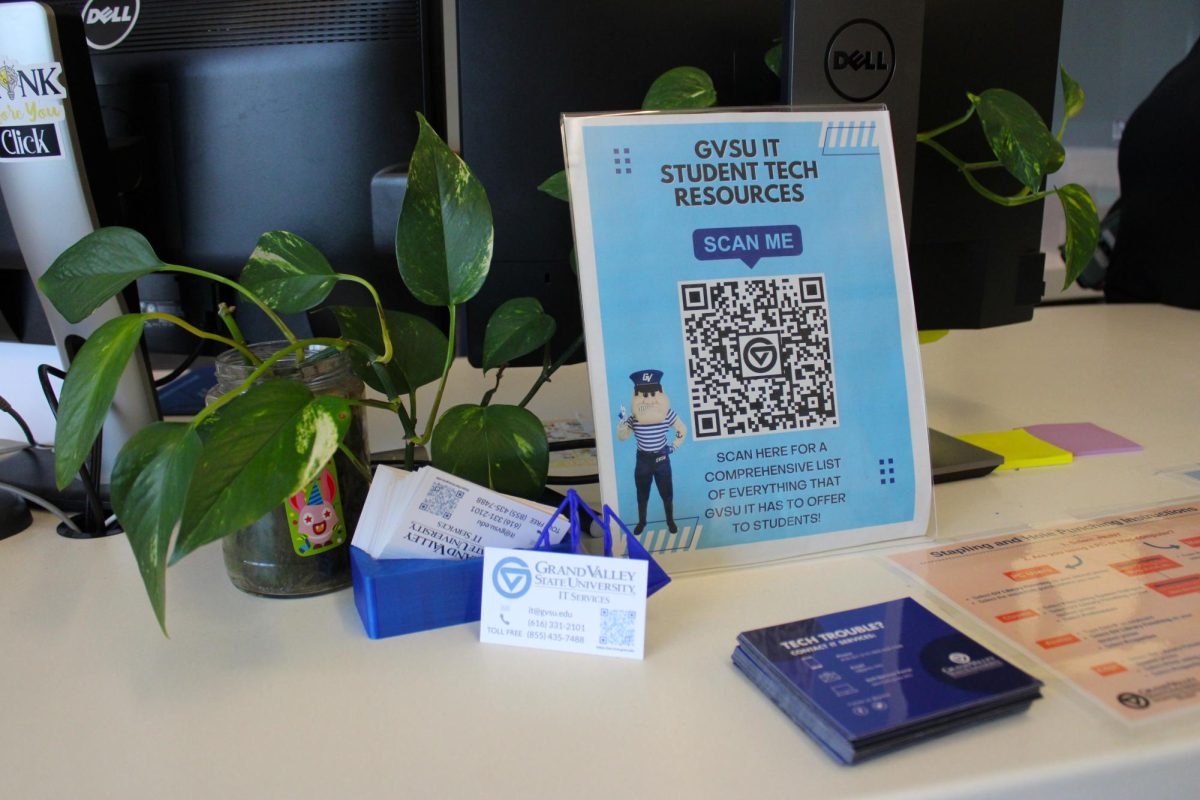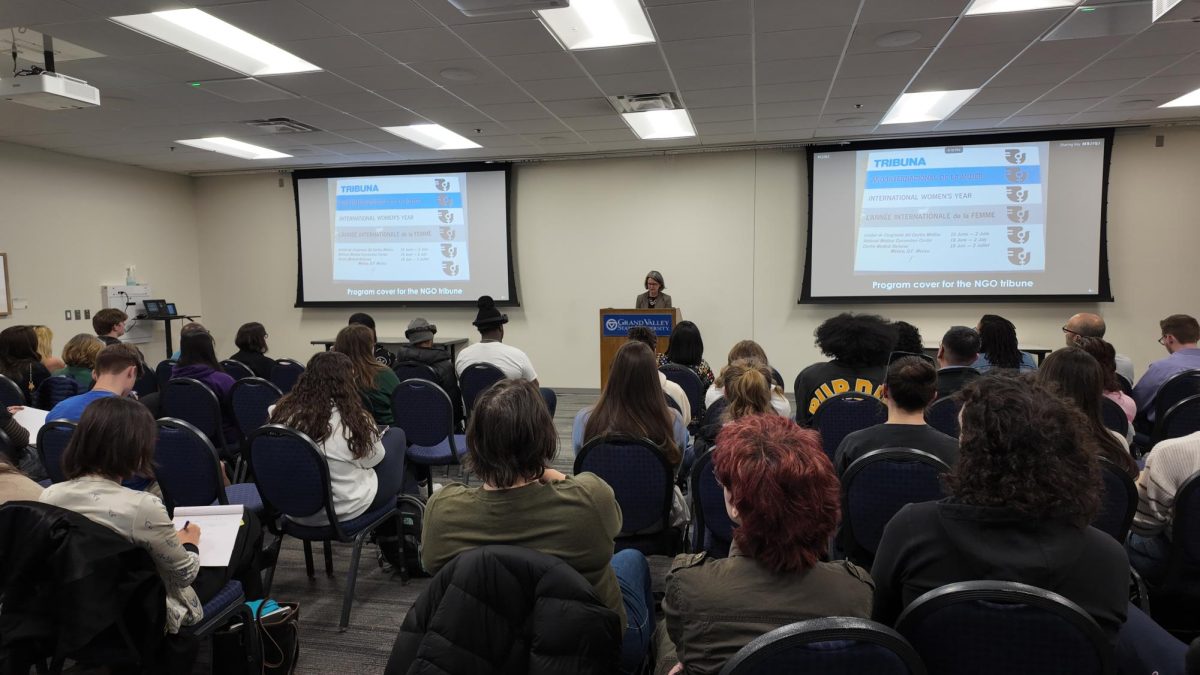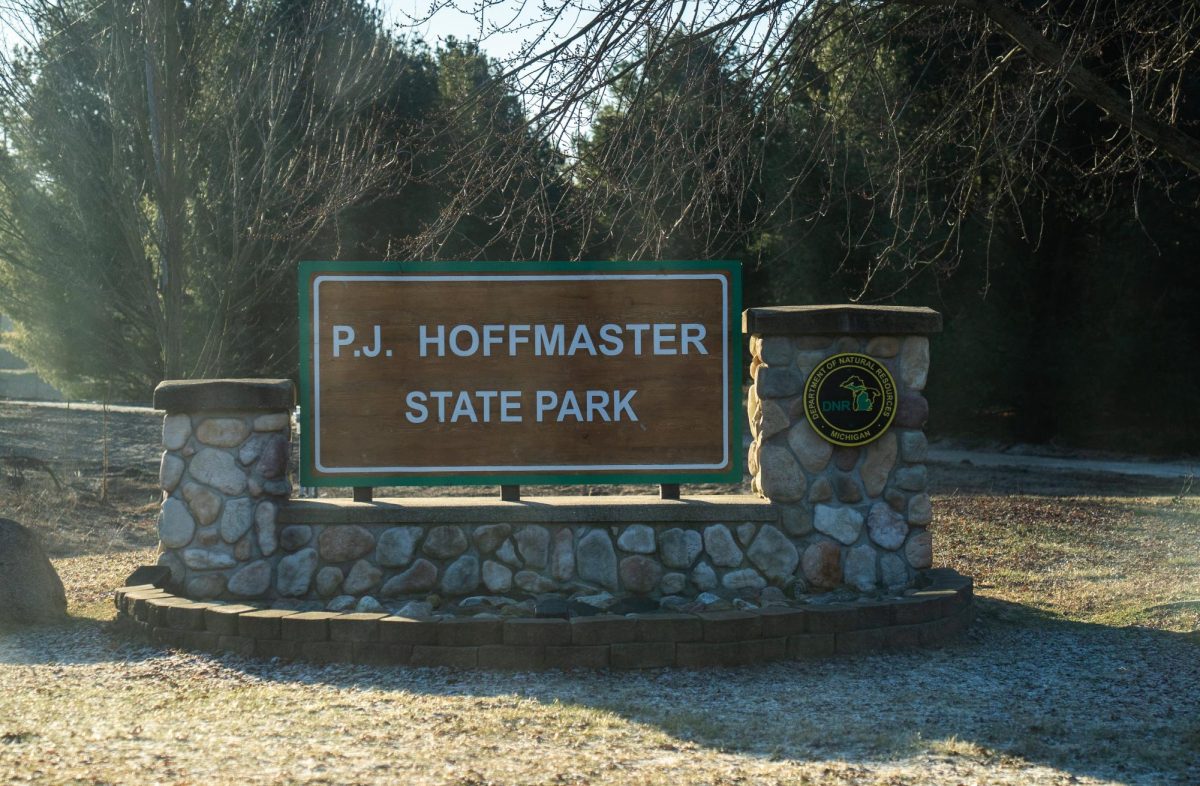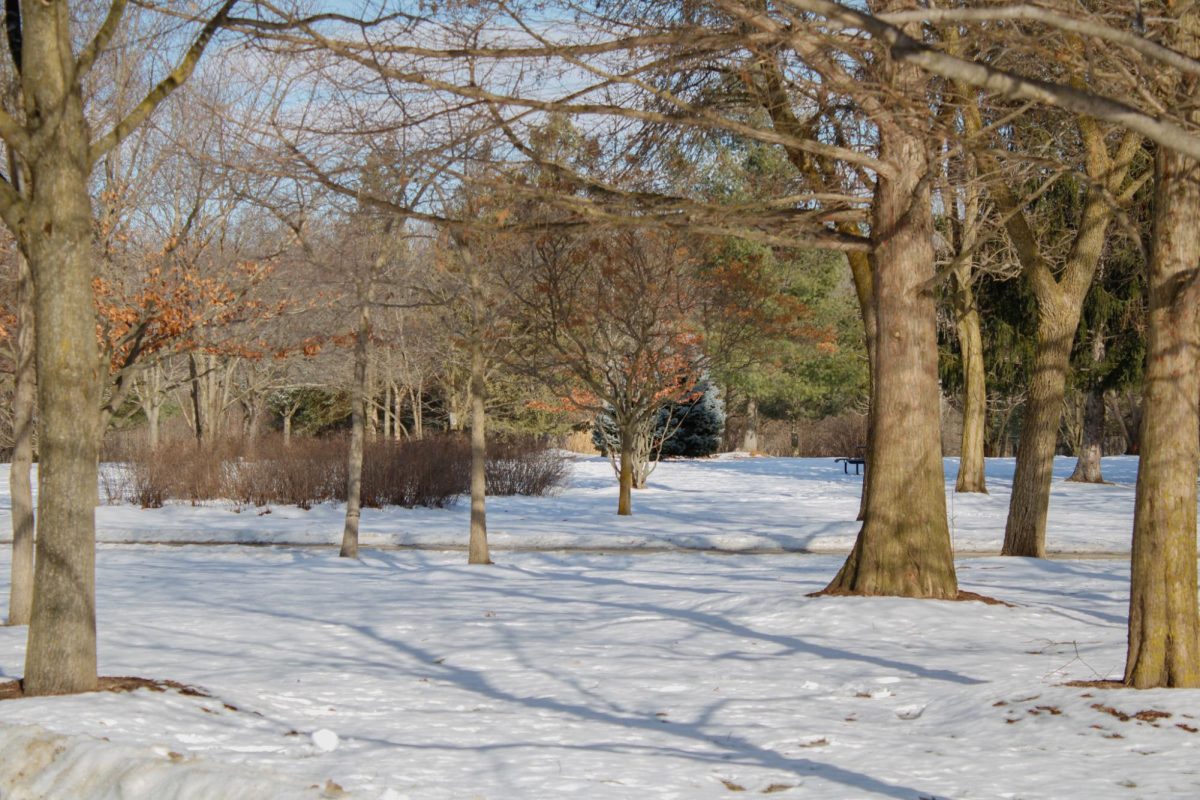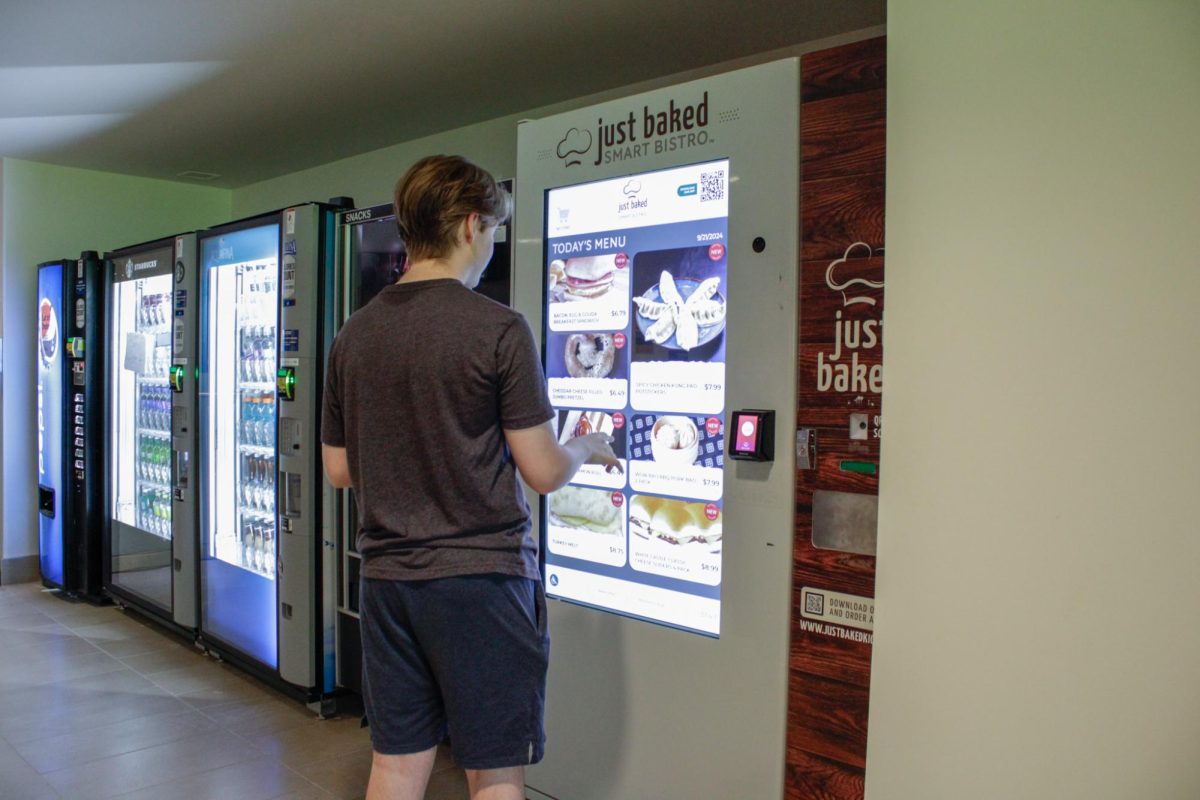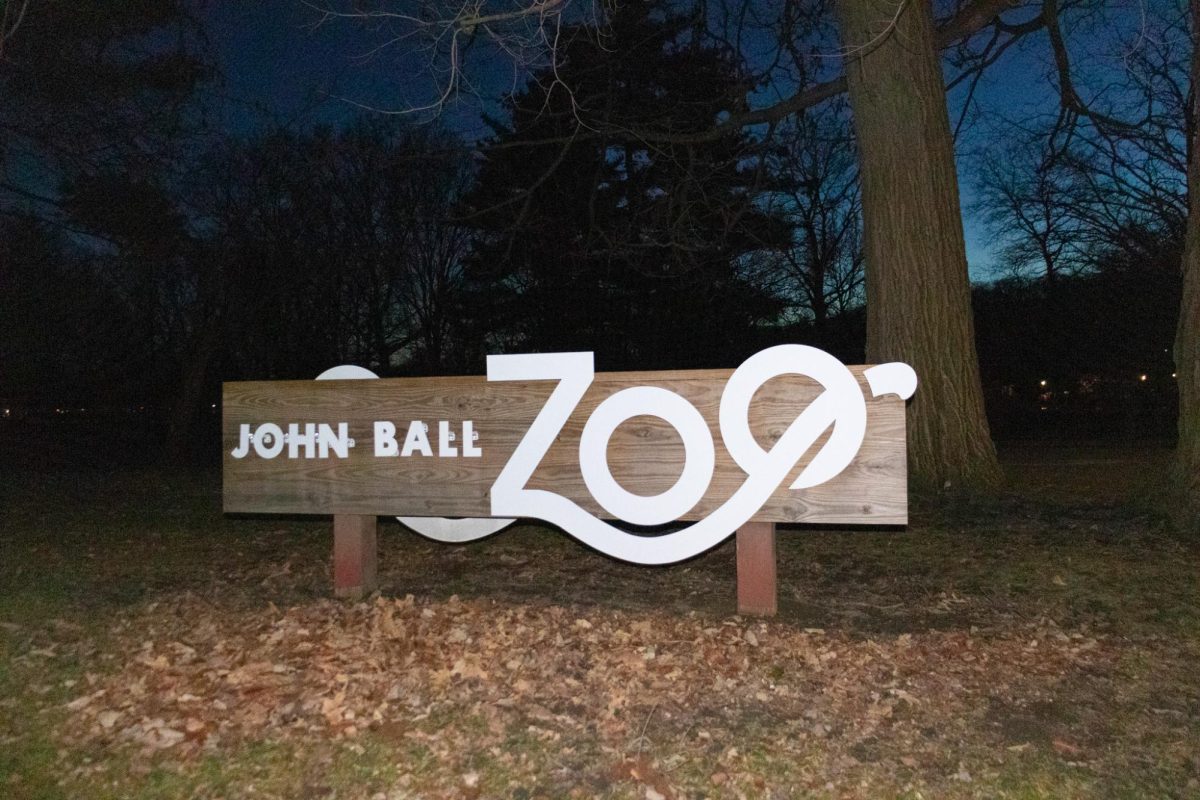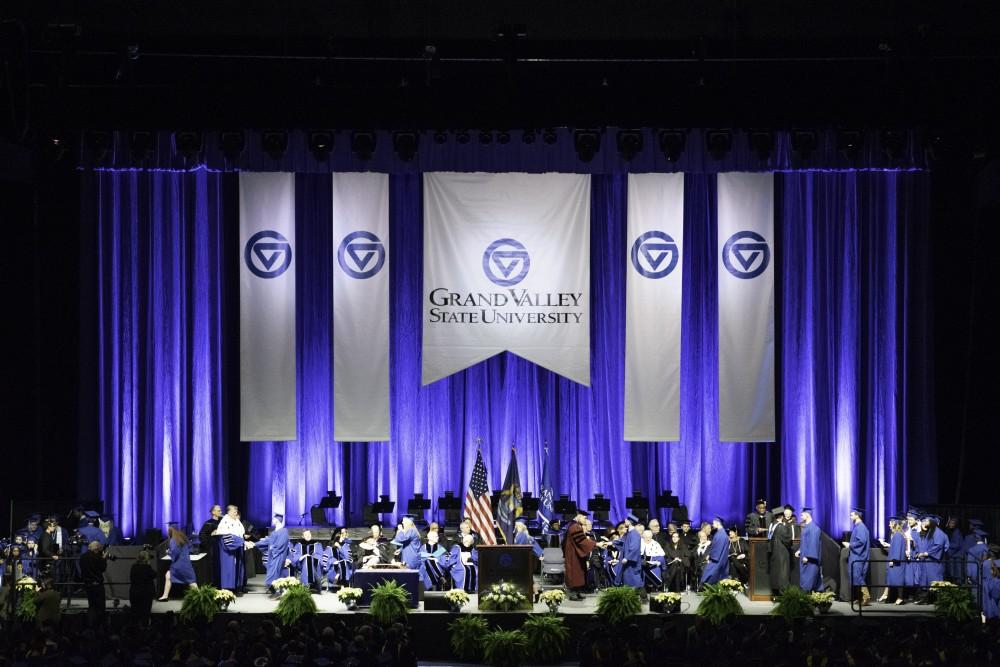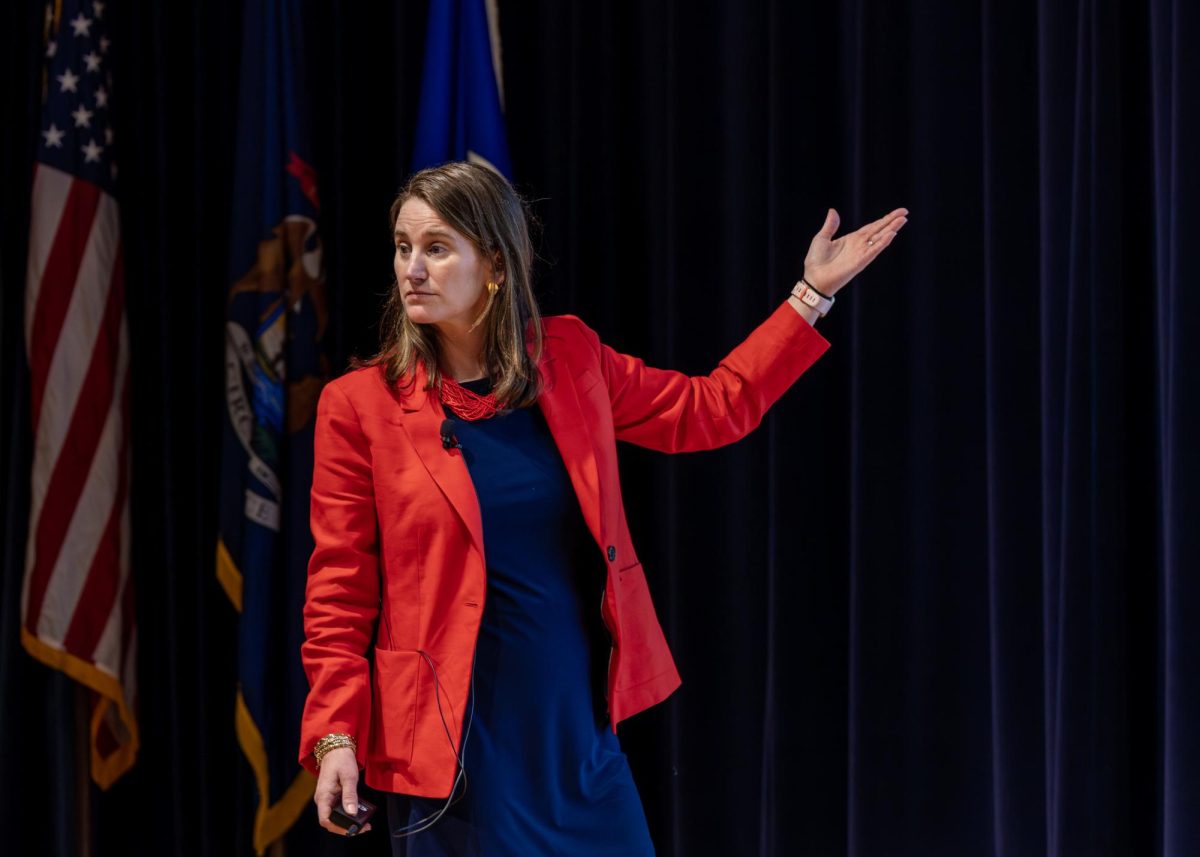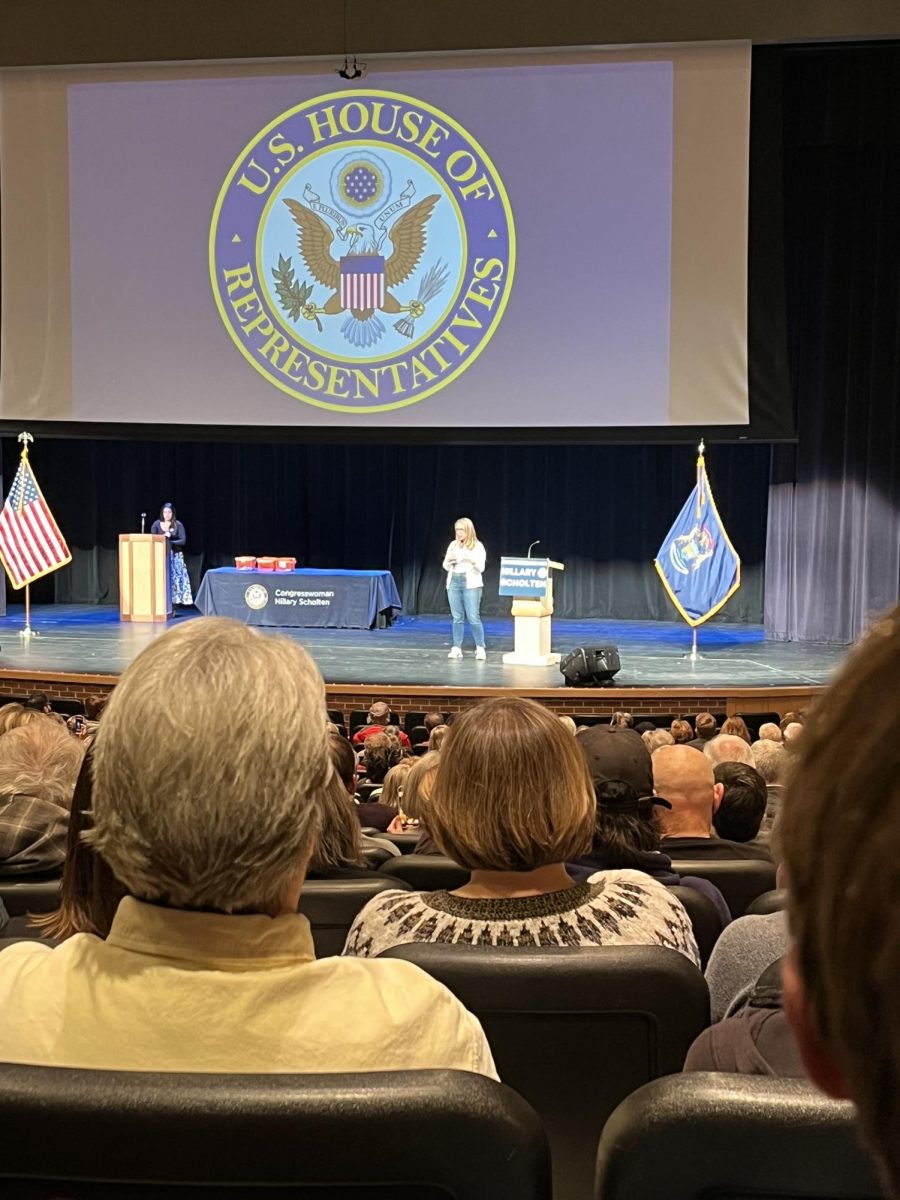Grand Valley State University was recently recognized as one of the country’s most environmentally responsible schools by the Princeton Review. In addition, GVSU was the only Michigan institution celebrated in the company’s Top 50 Green Colleges list for 2024.
GVSU ranked 27th in this year’s list, following the University of Connecticut and the University of Massachusetts-Amherst. This recognition highlights the University as an established leader for sustainability in higher education– a feat set through infrastructure, practices and campus organizations advocating for eco-friendly action.
According to the Princeton Review, institutions are chosen through analysis of school-reported data and student opinion gathered from institutional and student surveys. The website also states that schools on the list share “superb sustainability practices, a strong foundation in sustainability education and a healthy quality of life for students on campus.”
Yumiko Jakobcic, the director of the Office of Sustainability Practices at GVSU, said she was not surprised by the ranking, due to the University’s prolonged efforts to foster sustainability.
“There are so many people here (at GVSU) who are committed to sustainability and who do this work quietly behind the scenes,” Jakobcic said. “For that reason, I wasn’t especially surprised to hear that we made the list, but I was very grateful. To me, this list position is an acknowledgment of all the collective work everyone does to support sustainability at Grand Valley, including our students.”
Though he is happy to see GVSU on the list, Mark Schaub, the dean of the Brooks College of Interdisciplinary Studies, said it is more important to continue making the University’s campuses greener through increased initiatives.
“GVSU has historically shown well on those lists, and of course, I am delighted to see us there, but I also do not put great value on these kinds of lists,” Schaub said.
Jakobcic and Schaub highlighted the importance of the Department of Facilities Planning in creating sustainable infrastructure at GVSU. One example of such infrastructure are the rooftop gardens found atop multiple campus buildings, including the Mary Idema Pew Library, The Blue Connection, Mackinac Hall, Frederik Meijer Honors College and the Kindschi Hall of Science.
These gardens do more than just provide pretty scenery. The rooftop plants absorb rainwater that’s released back into the atmosphere– a process that can reduce rainwater runoff by up to 90%. Less rainwater runoff reduces the pressure on storm drainage systems, reduces erosion in the ravines surrounding campus and protects Allendale’s plant life.
The multitude of Leadership in Energy and Environmental Design (LEED) projects at the University also contribute to GVSU’s sustainability successes. According to Jakobcic, functions like heating, ventilation and air conditioning, lighting, materials and water efficiency are all operations that students might not realize are actually coming from sustainable sources. For example, part of the energy GVSU uses to perform essential functions comes from a solar garden south of Pierce Street.
Jakobcic said green cleaning programs and monitoring energy use, among other projects, are supervised by the University’s Facilities Services.
“One thing I really love about Grand Valley is that students are often engaged in sustainable practices without realizing it because it’s become so ingrained in our way of life as Lakers,” Jakobcic said. “When you walk, bike, board, take the bus or carpool with friends, you’re utilizing more sustainable transportation options.”
In addition, campus organizations educate GVSU community members on sustainable practices. The Office of Sustainability Practices hosts events, such as volunteering with the Sustainable Agricultural Program (SAP), thrift swaps, and are working toward “zero waste football games” and other campus cleanup initiatives.
“We have student organizations doing really amazing things,” Jakobcic said. “For example, GVSU Beekeepers, Farm Club, the Student Environmental Coalition and so many more. Everyone in our office is happy to speak with students about ways to connect to more sustainable practices.”
While progress in cementing green practices has been made, Schaub said there is still room for improvement.
“Campus-wise, lots could be done to cut our collective carbon footprint, but also to return the lived environment to a more diverse ecosystem,” Schaub said. “We could do with fewer expanses of fertilized, mono-culture grass that needs mowing with two-stroke engines, and more mini-prairies and habitats for insects, birds, snakes and all our other friends.”
Addressing students interested in sustainability practices, Schaub said any effort is a step in the right direction.
“Educate yourself, and then try (to make a difference),” Schaub said. “None of us are or will be perfect, but each of us can be better.”





